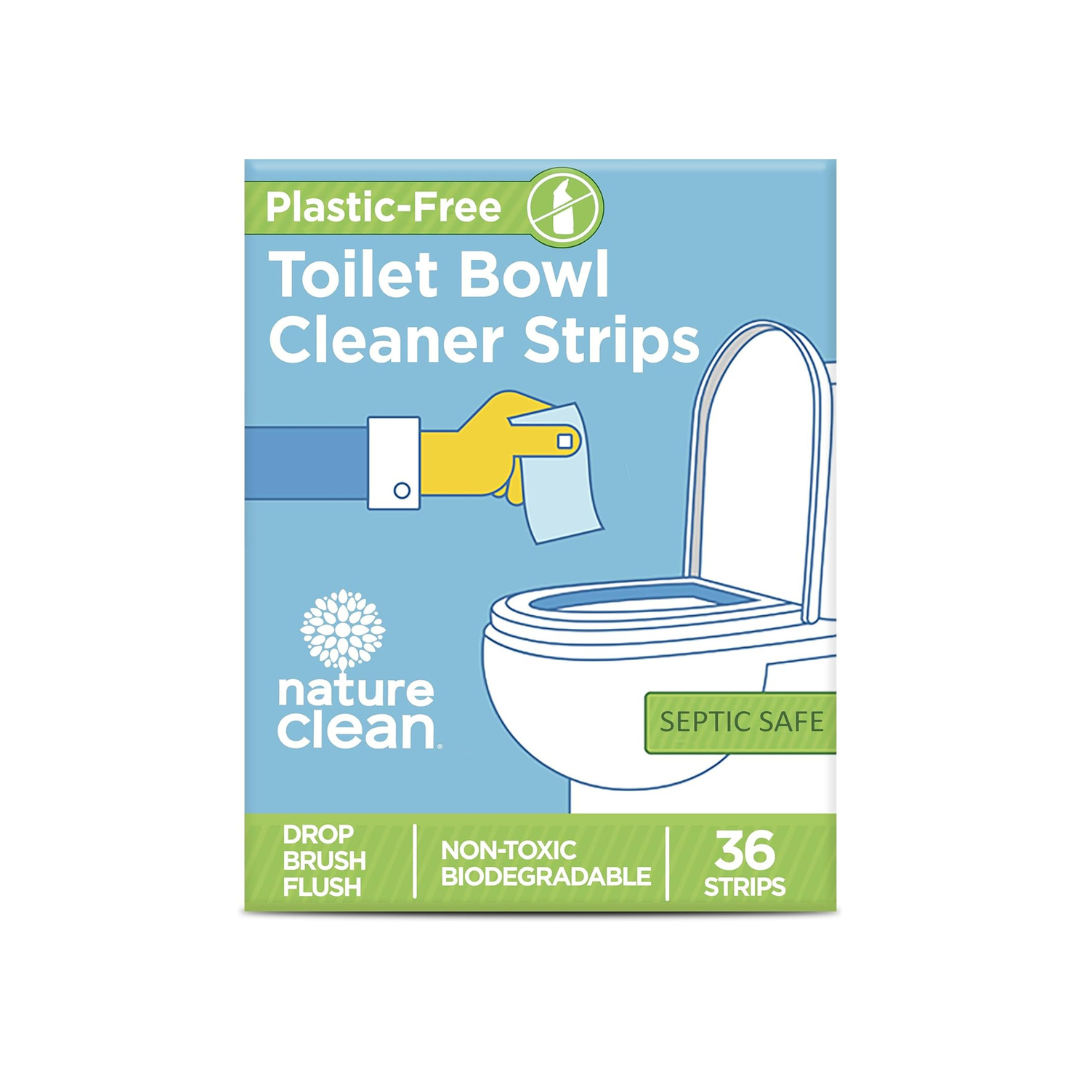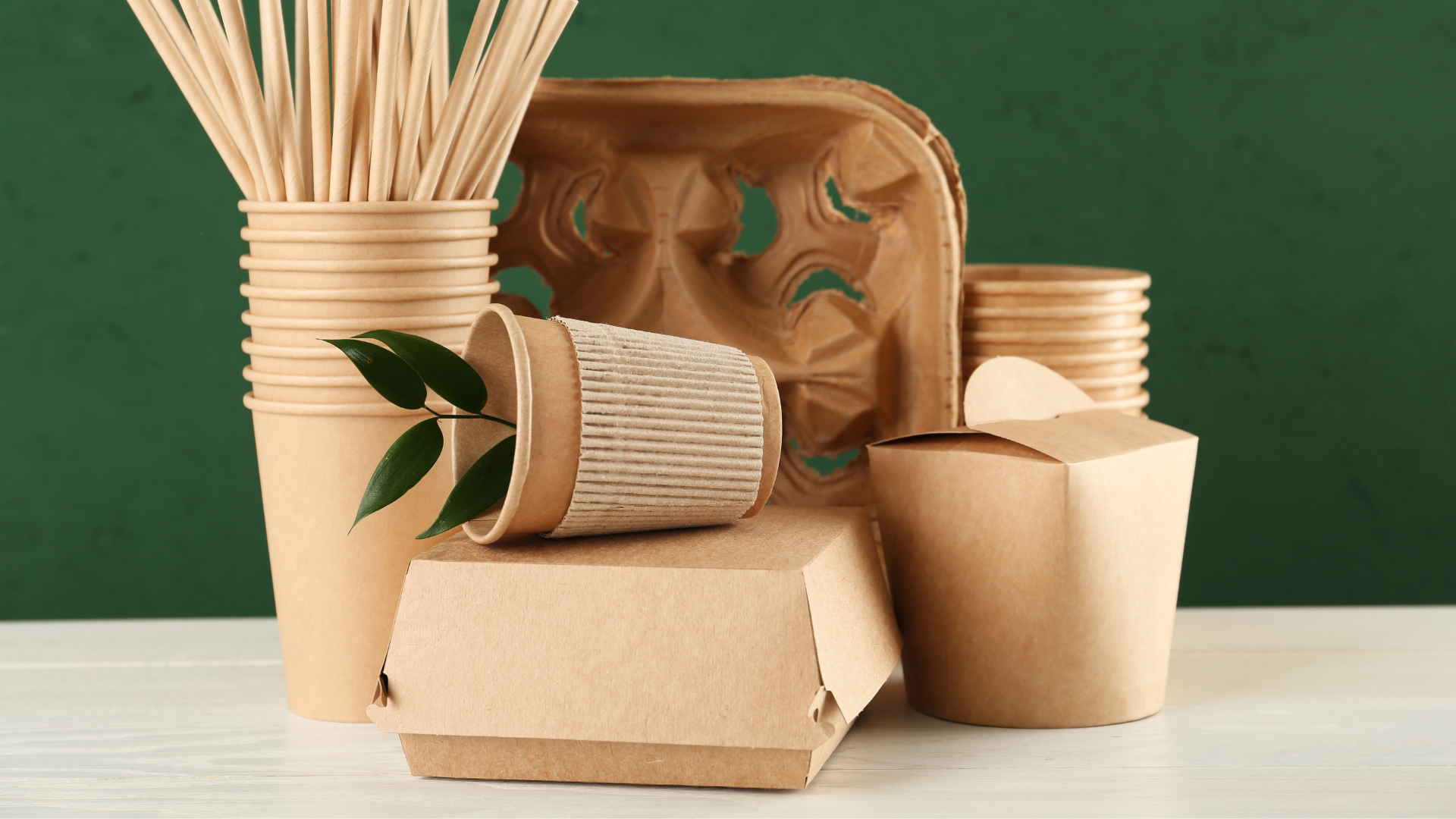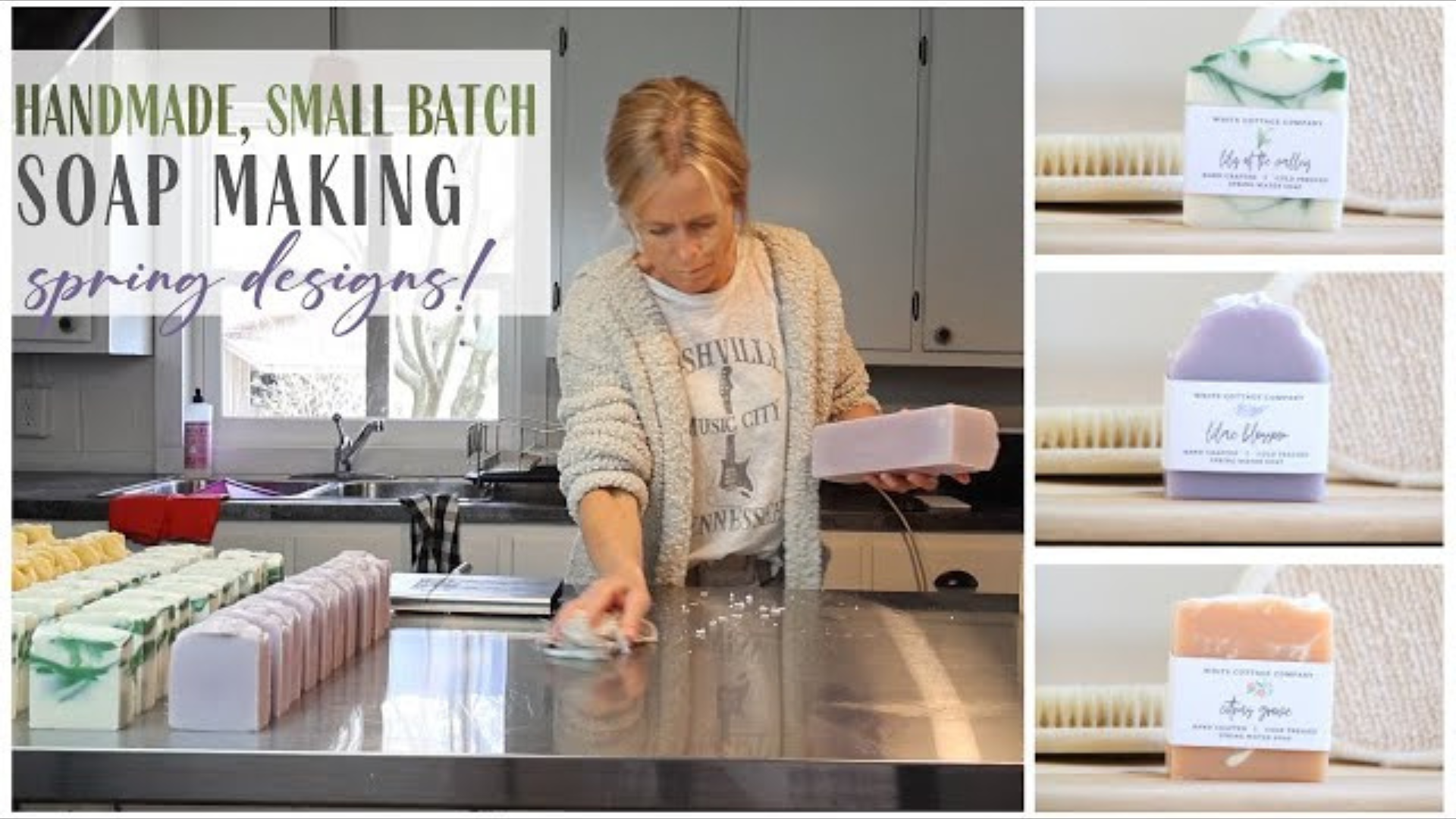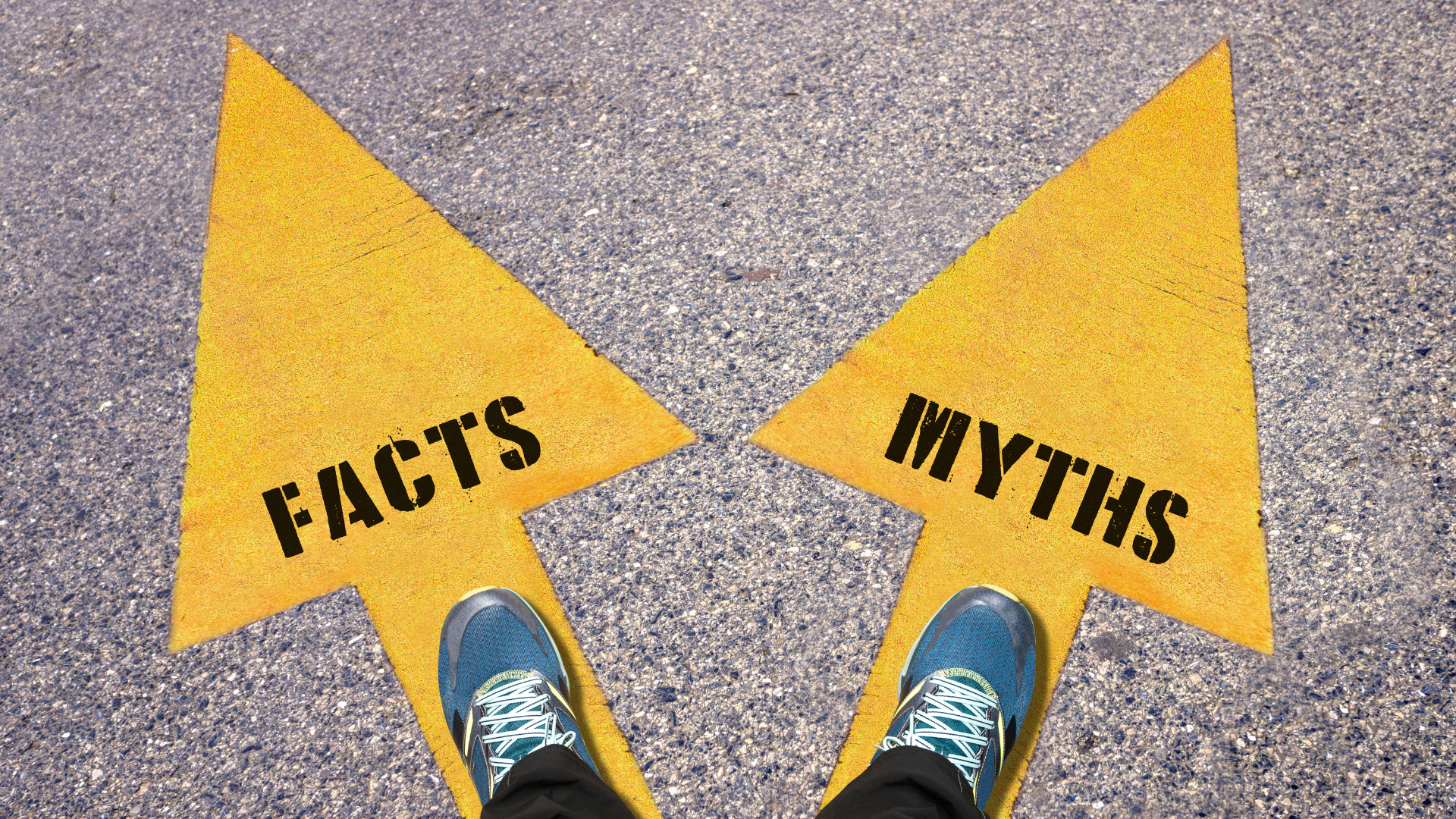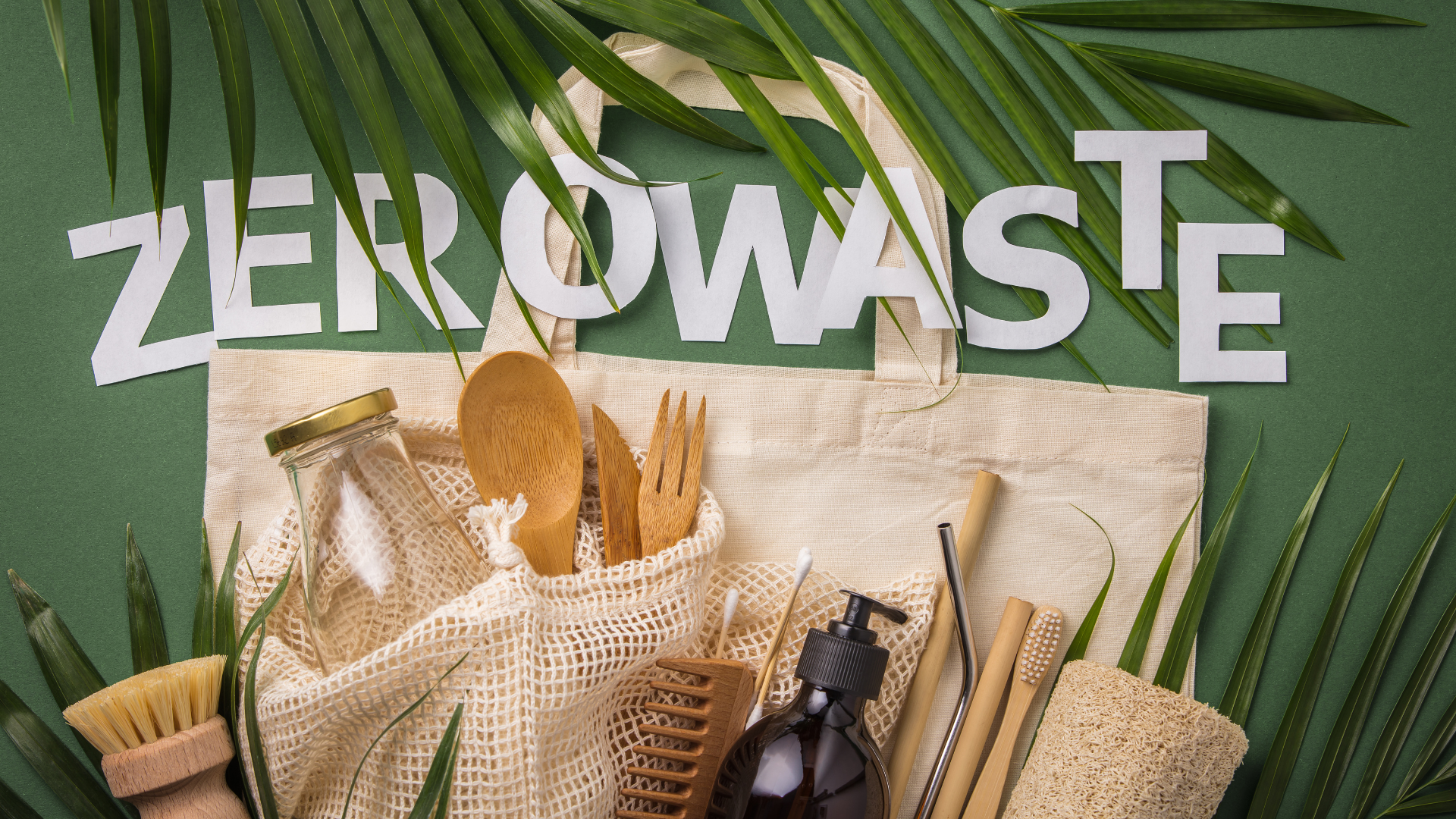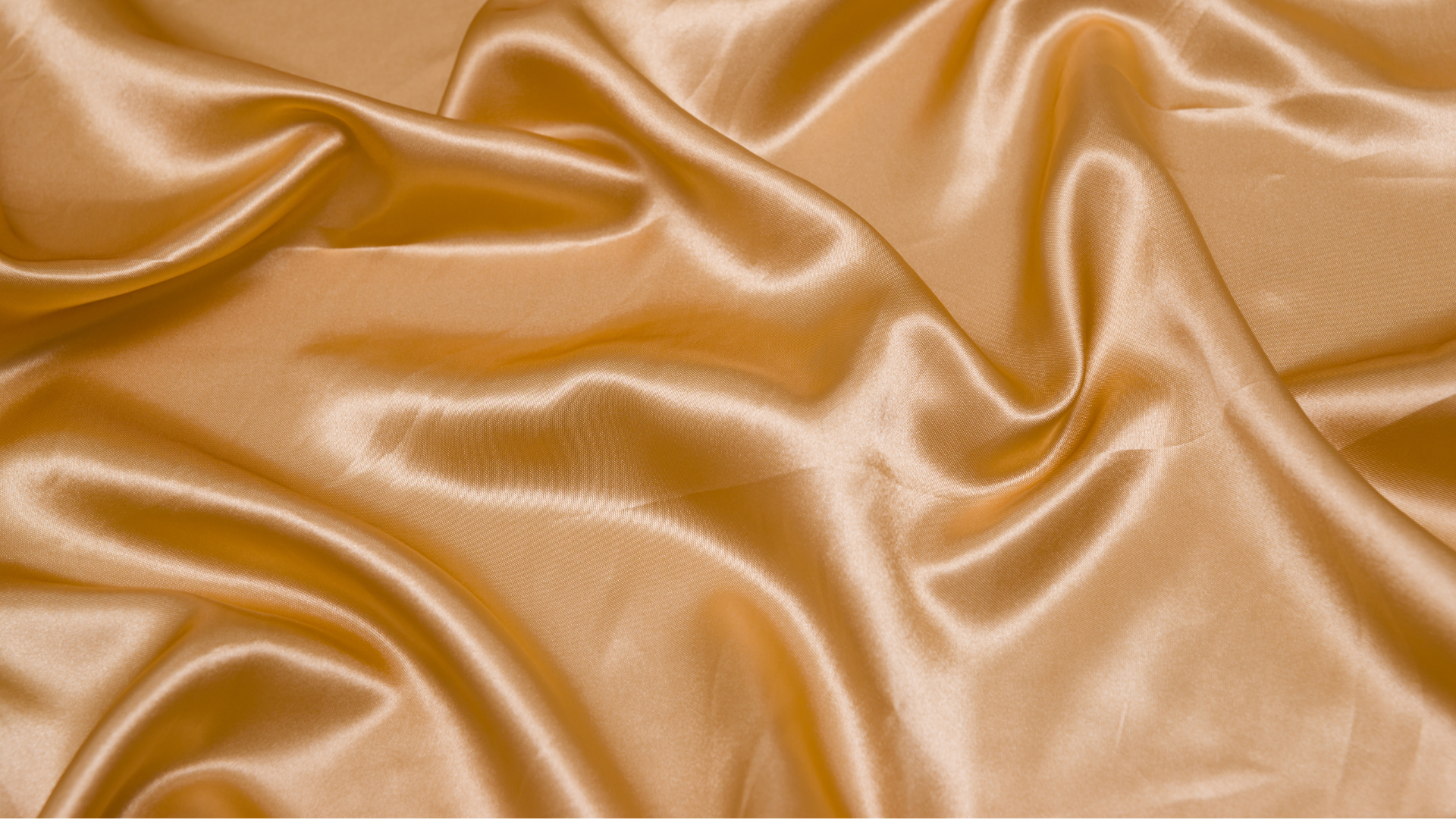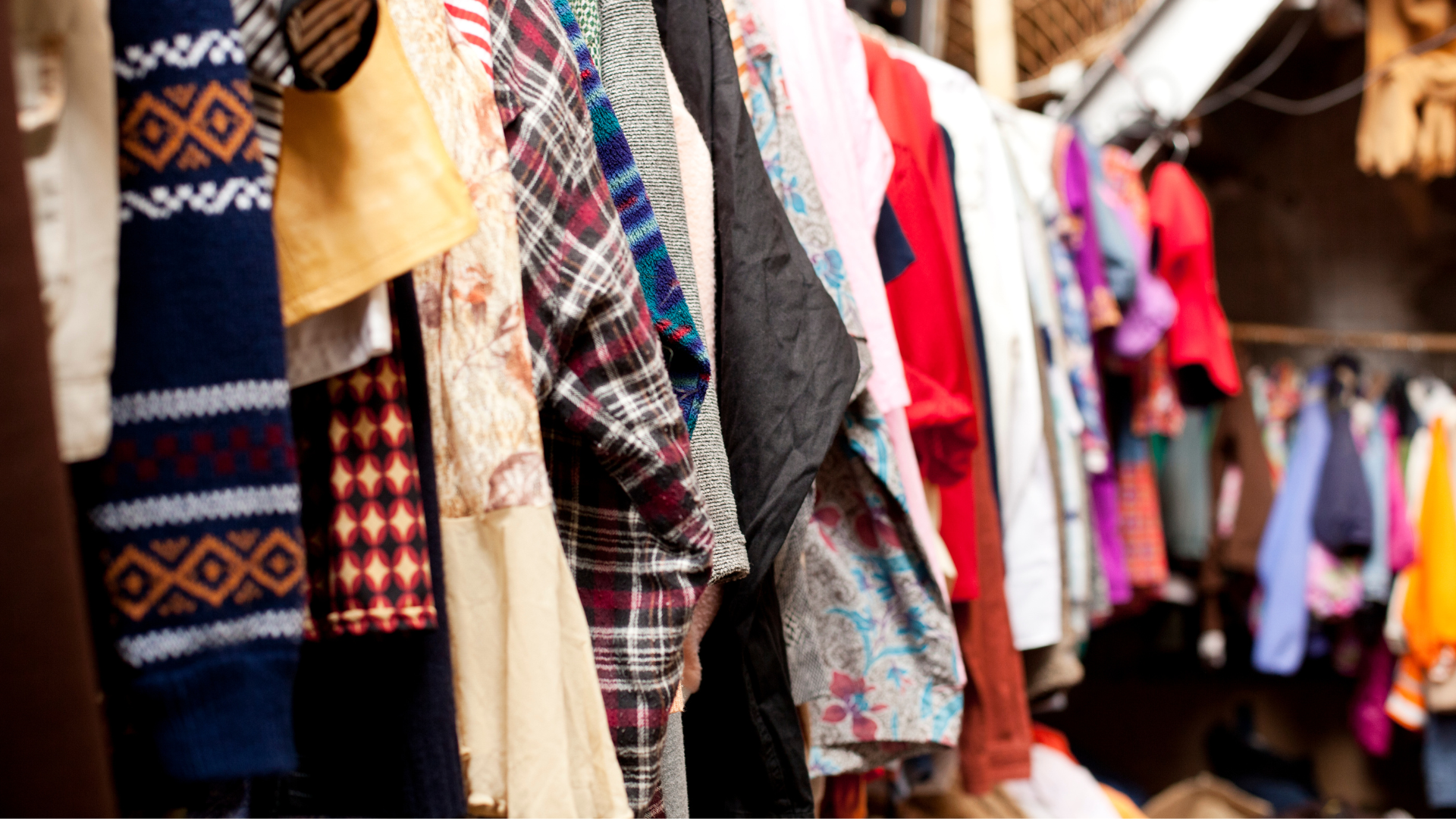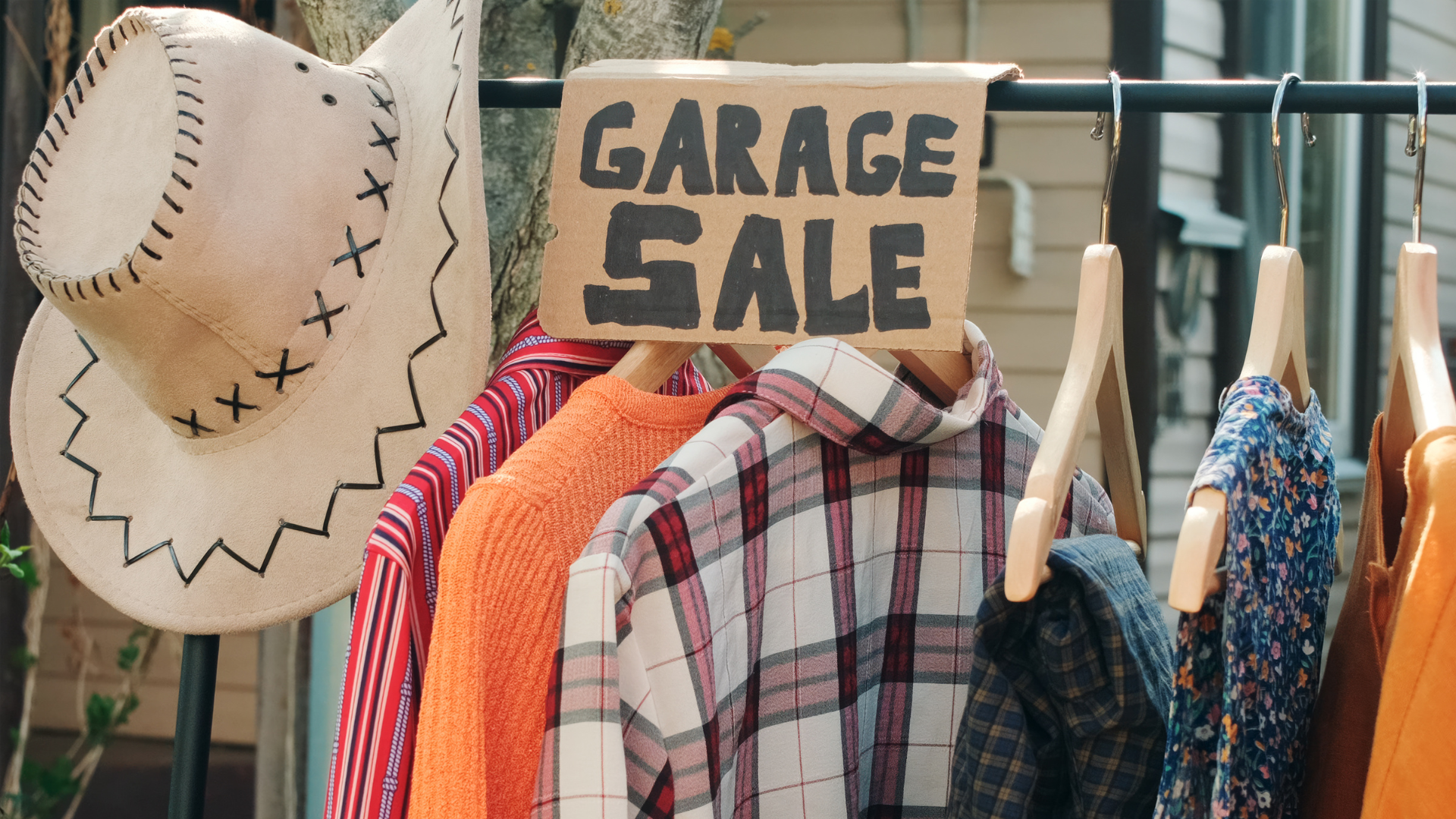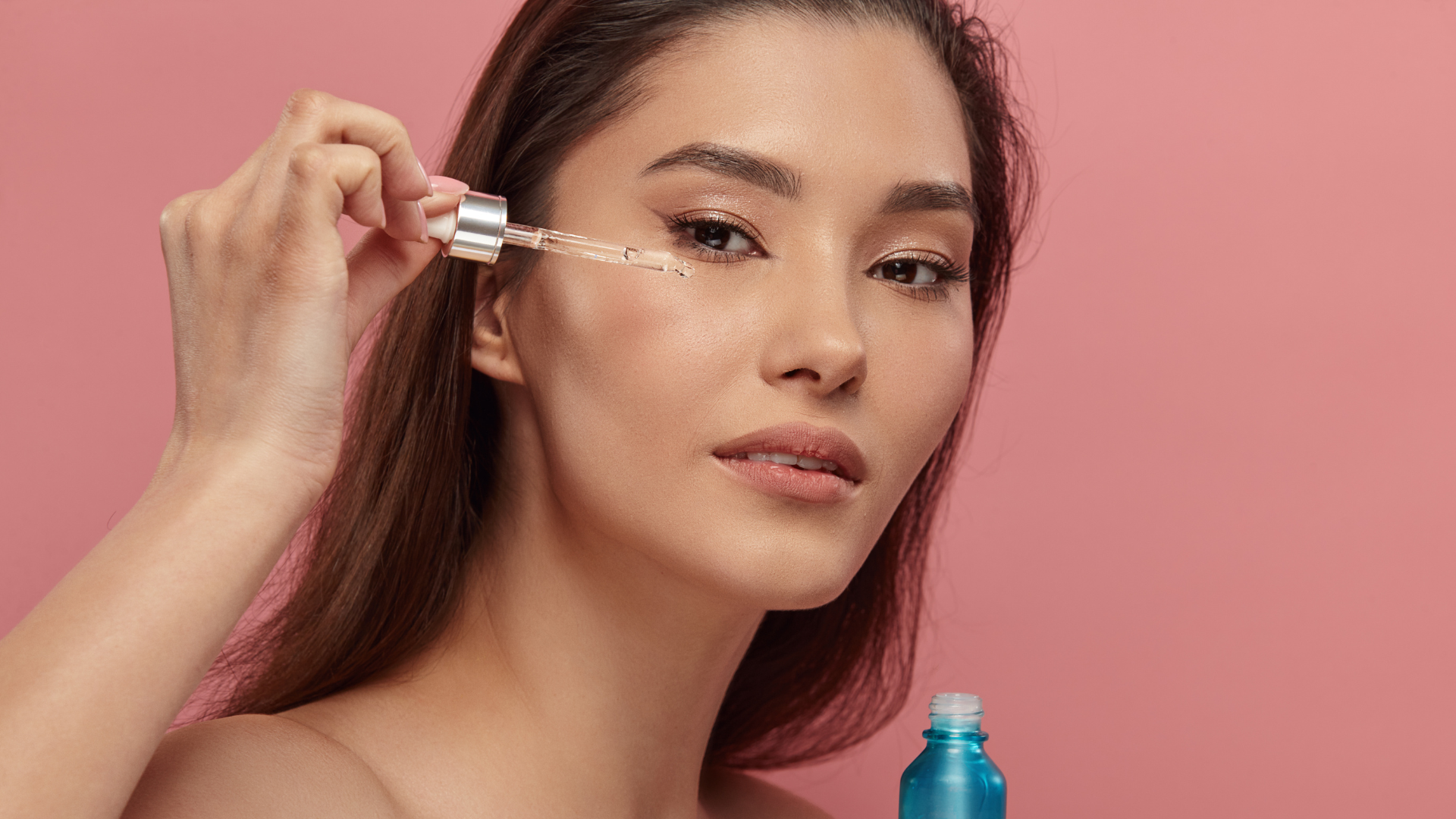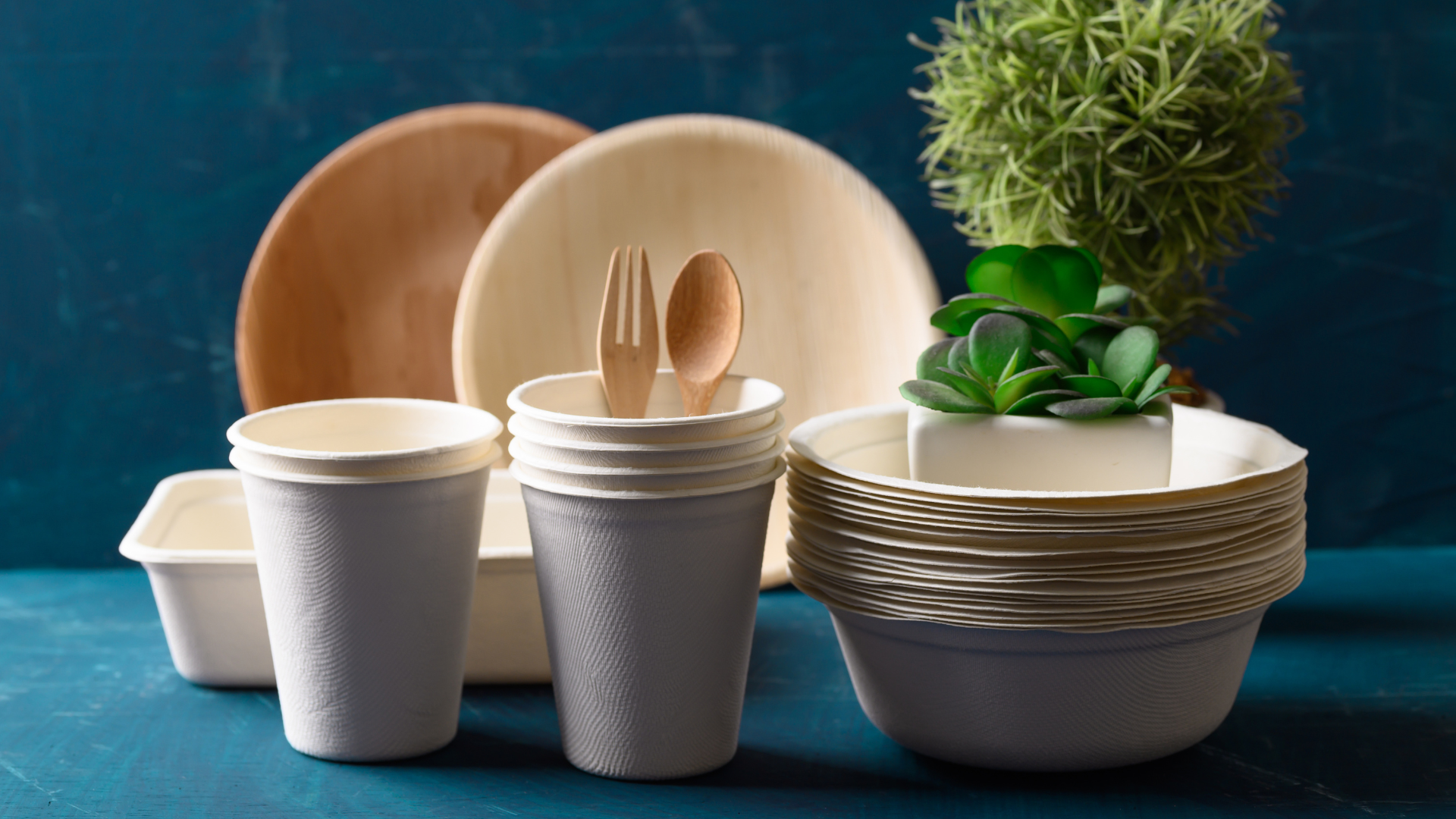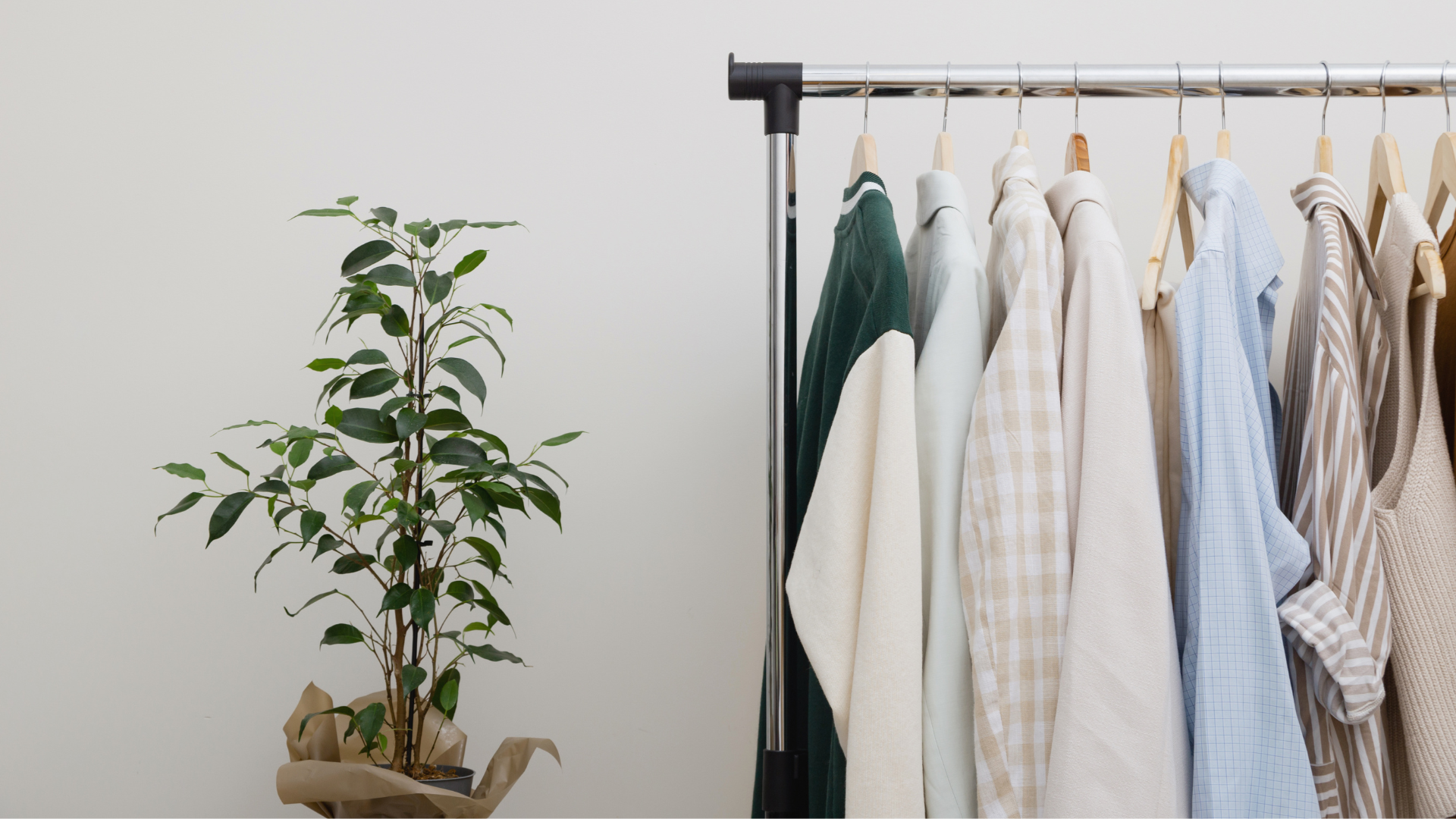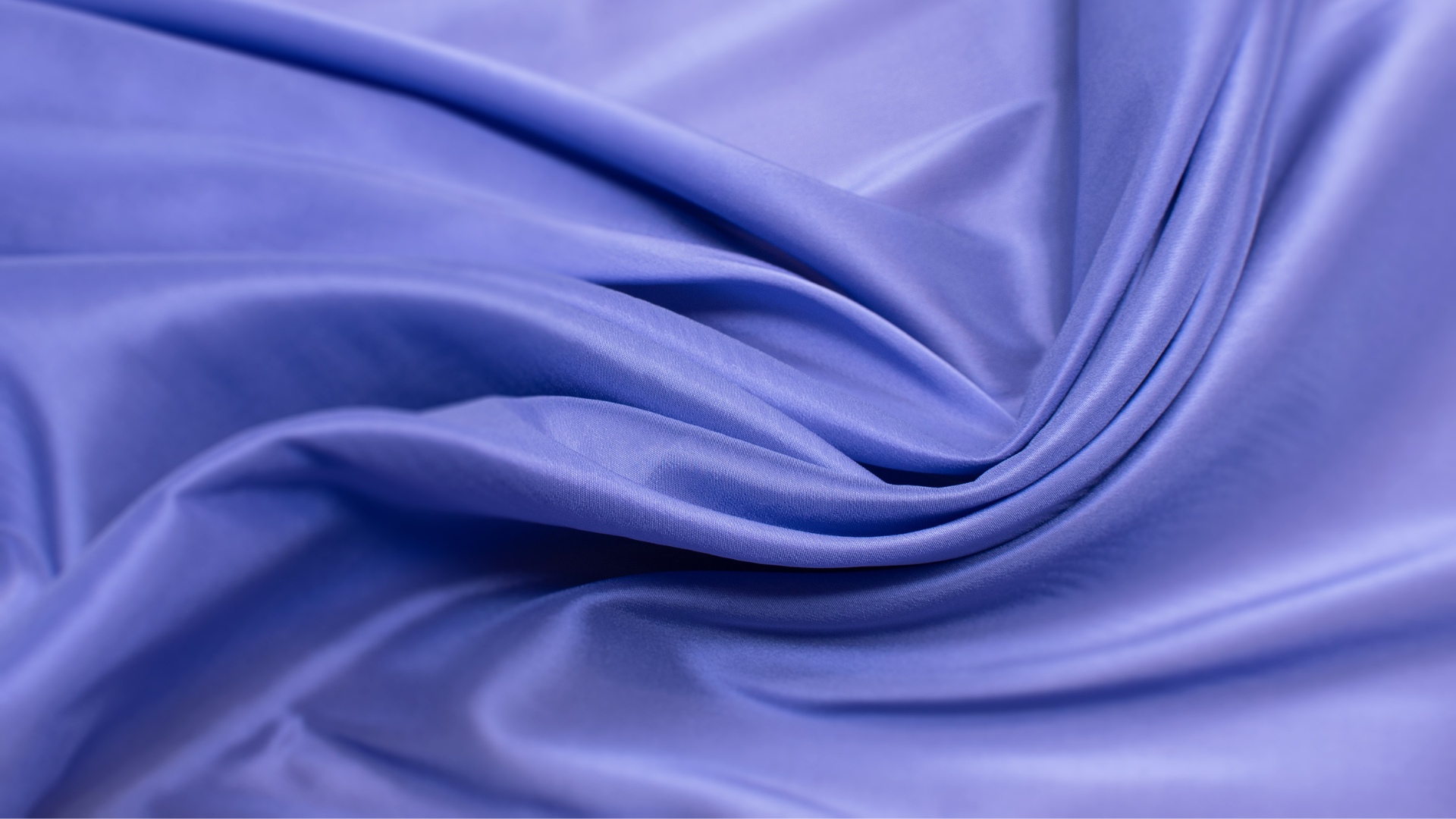Common sulfates, silicones, and their safer alternatives
Shampoo is a staple in our personal care routines, yet how often do we question what’s actually in the bottle? Most people pick their shampoo based on marketing claims, fragrance, or convenience, often overlooking the ingredients list. Unfortunately, many conventional shampoos contain ingredients that may be harmful to both our hair and the environment. Sulfates, silicones, and other synthetic additives are common culprits, but there are safer, more sustainable alternatives available.
At Sustai Market, we prioritize transparency and sustainability in personal care. Using tools like the Sustai Score and Sustai Badges, we evaluate products to ensure they meet stringent standards for safety, sustainability, and eco-friendliness. In this first part of our blog, we’ll dive deep into the world of shampoo ingredients, examining how sulfates and silicones affect your hair and the planet.
Why Shampoo Ingredients Matter
Shampoo is designed to clean and refresh our hair, but what’s in your shampoo can significantly impact your hair’s health, scalp condition, and the environment. While shampoos are marketed as solutions for everything from frizz to volume, many contain harsh chemicals that strip natural oils, irritate the scalp, and pollute waterways.
1. Hair and Scalp Health
The wrong shampoo ingredients can wreak havoc on your hair and scalp. Sulfates, for instance, are strong detergents that can strip the scalp of its natural oils, leading to dryness, irritation, and even dandruff. Similarly, silicones may offer temporary smoothness but can cause product build-up, leaving your hair dull and lifeless over time.
2. Environmental Impact
When you rinse out your shampoo, its ingredients don’t just disappear—they flow into our water systems. Harmful chemicals like sulfates and non-biodegradable silicones can disrupt aquatic ecosystems and contribute to water pollution. Choosing sustainable alternatives helps reduce this environmental burden.
3. Transparency Challenges
One of the biggest challenges for consumers is deciphering ingredient labels. Terms like “clean,” “natural,” and “organic” are often used loosely in marketing, making it harder to identify truly safe and eco-friendly products. This is where Sustai Market comes in—our Sustai Score evaluates the safety, ethics, and sustainability of products so you can make informed choices.
The Role of Sulfates in Shampoo
1. What Are Sulfates?
Sulfates are a class of surfactants, or cleaning agents, that help shampoos lather and remove dirt and oils from your hair. The most common sulfates found in shampoos are:
-
Sodium Lauryl Sulfate (SLS): Known for its strong cleansing power, SLS is effective but can be overly harsh on the skin and hair.
-
Sodium Laureth Sulfate (SLES): A milder alternative to SLS but still associated with scalp irritation and environmental concerns.
These ingredients are prized by manufacturers for their cost-effectiveness and ability to create the bubbly lather that many consumers associate with cleanliness.
2. Why Are Sulfates Used in Shampoo?
Sulfates are incredibly effective at breaking down oils, grease, and dirt, making them ideal for cleansing. They’re also responsible for the luxurious foam that many people expect from their shampoo. However, this foam doesn’t necessarily mean better cleansing—it’s primarily a sensory experience.
3. The Hidden Risks of Sulfates
While sulfates may deliver squeaky-clean hair, their downsides are hard to ignore.
Impact on Hair and Scalp
-
Stripping Natural Oils: Sulfates can remove the natural oils your scalp produces to keep hair healthy and moisturized. This can lead to dryness, brittleness, and even excessive oil production as your scalp tries to compensate.
-
Color Fading: For those with color-treated hair, sulfates can strip away dye, reducing vibrancy and longevity.
-
Scalp Irritation: Sulfates can cause itching, redness, and irritation, particularly for those with sensitive skin or conditions like eczema.
Environmental Concerns
Sulfates are not biodegradable, meaning they persist in waterways, where they can harm aquatic life. They’re also derived from petroleum, a non-renewable resource, which further adds to their environmental footprint.
4. Safer Alternatives to Sulfates
Fortunately, sulfate-free shampoos are becoming increasingly popular. These shampoos use milder, plant-based surfactants that cleanse without stripping natural oils. Some common alternatives include:
-
Sodium Cocoyl Isethionate: A coconut-derived surfactant that’s gentle on the skin and hair.
-
Decyl Glucoside: A biodegradable surfactant derived from sugar and coconut.
-
Coco Betaine: A milder alternative that still produces a satisfying lather.
How Sustai Market Helps
At Sustai Market, we carefully evaluate sulfate-free shampoos using our Sustai Score, ensuring they’re safe for both you and the planet. Look for our Non-Toxic Badge to identify products free from harmful chemicals like sulfates.
Decoding Silicones in Shampoo
1. What Are Silicones in Hair Care?
Silicones are synthetic compounds used in many shampoos and conditioners for their ability to smooth hair, reduce frizz, and add shine. Common silicones include:
-
Dimethicone: A heavy, non-water-soluble silicone that coats the hair shaft.
-
Cyclopentasiloxane: A lighter silicone often used in leave-in products.
While silicones can make your hair look and feel healthier in the short term, their long-term effects are less desirable.
2. Benefits of Silicones
Silicones work by coating the hair shaft, creating a barrier that locks in moisture and smooths the cuticle. This results in:
-
Reduced tangling.
-
Frizz control.
-
Enhanced shine and manageability.
3. The Downsides of Silicones
Despite their immediate benefits, silicones are not without their drawbacks.
Product Build-Up
Non-water-soluble silicones, like dimethicone, can accumulate on the hair and scalp over time. This build-up:
-
Weighs hair down, reducing volume and bounce.
-
Blocks moisture and nutrients from penetrating the hair shaft.
-
Leads to dull, lifeless hair.
Environmental Impact
Silicones are not biodegradable, meaning they persist in water systems, contributing to pollution. Their production is also energy-intensive, making them less eco-friendly.
Health Concerns
While silicones are generally considered safe for topical use, some variants may contain impurities or interact with other ingredients to form potentially harmful compounds.
4. Eco-Friendly Alternatives to Silicones
Nature offers several effective alternatives to silicones that deliver similar benefits without the downsides. These include:
-
Aloe Vera: Hydrates and smooths hair naturally.
-
Argan Oil: Adds shine and improves manageability.
-
Jojoba Oil: Mimics the scalp’s natural oils for enhanced moisture.
How Sustai Market Helps
We support silicone-free options through our Natural Badge and Sustai Score, ensuring you can find products that prioritize both hair health and environmental sustainability.
Internal Link Opportunity: For more eco-friendly personal care tips, visit our Sustainable Living Blog.
Other Sneaky Ingredients in Shampoo
While sulfates and silicones often take the spotlight, other potentially harmful ingredients may be lurking in your shampoo.
1. Parabens
Used as preservatives, parabens (e.g., methylparaben, propylparaben) prevent microbial growth but are linked to hormone disruption and allergic reactions.
2. Artificial Fragrances
Synthetic fragrances can contain dozens of undisclosed chemicals, many of which are allergens or respiratory irritants.
3. Formaldehyde-Releasing Agents
Ingredients like DMDM Hydantoin and Quaternium-15 release small amounts of formaldehyde, a known carcinogen, as they break down.
How to Read Shampoo Labels Like a Pro
Understanding shampoo ingredient labels can feel like decoding a foreign language, but with a little guidance, you’ll be able to spot harmful chemicals and identify high-quality products.
1. High-Risk Ingredients
When scanning a shampoo label, watch out for these red-flag ingredients:
-
Sulfates: Look for Sodium Lauryl Sulfate (SLS), Sodium Laureth Sulfate (SLES), and other sulfate-based surfactants.
-
Silicones: Common types include Dimethicone and Cyclopentasiloxane.
-
Parabens: Often listed as Methylparaben, Propylparaben, or Butylparaben.
-
Formaldehyde-Releasing Agents: DMDM Hydantoin, Quaternium-15, and Diazolidinyl Urea.
-
Artificial Fragrances: Labeled as “Fragrance” or “Parfum,” these terms often hide harmful chemicals.
2. What to Look For
Instead of harmful chemicals, look for shampoos that feature:
-
Plant-Based Surfactants: Ingredients like Decyl Glucoside, Coco Betaine, or Sodium Cocoyl Isethionate.
-
Natural Oils and Extracts: Argan oil, aloe vera, chamomile, and jojoba oil.
-
Biodegradable Ingredients: To minimize environmental impact.
-
Eco-Certifications: Look for labels like “Sulfate-Free,” “Silicone-Free,” “Paraben-Free,” and “Biodegradable.”
3. The Role of Certification Labels
Sustai Market simplifies this process with transparent Sustai Score ratings and Sustai Badges like the Non-Toxic Badge and Natural Badge. These certifications ensure that every product meets high standards for safety, sustainability, and ethical sourcing.
Benefits of Switching to Clean Shampoos
Transitioning to clean shampoos benefits not only your hair but also the environment and your overall health.
1. Improved Hair and Scalp Health
-
Moisturized Hair: Sulfate-free shampoos retain your scalp’s natural oils, reducing dryness and brittleness.
-
Better Scalp Condition: Clean shampoos prevent irritation and give your scalp a break from harsh chemicals.
-
Long-Term Benefits: Avoiding product build-up caused by silicones allows your hair to look healthier and feel lighter.
2. Environmental Impact
Clean shampoos are often made with biodegradable ingredients that break down naturally, reducing waterway pollution. They also avoid harmful synthetic chemicals that harm aquatic ecosystems.
3. Supporting Ethical Brands
When you choose clean shampoos, you’re supporting brands that value sustainability, ethical sourcing, and transparency. Sustai Market makes it easy to find these brands with our curated selection and Sustai Score evaluations.
How Sustai Market Simplifies the Process
Navigating the world of clean beauty can be overwhelming, but Sustai Market is here to help.
The Sustai Score
The Sustai Score provides a clear, transparent evaluation of every product based on:
-
Safety: Free from harmful chemicals like sulfates and silicones.
-
Sustainability: Biodegradable ingredients and eco-friendly packaging.
-
Ethics: Cruelty-free, vegan, and ethically sourced ingredients.
Sustai Badges
Our Sustai Badges take the guesswork out of shopping:
-
Non-Toxic Badge: Ensures the product is free from harmful additives.
-
Natural Badge: Highlights products made with plant-based, eco-friendly ingredients.
-
Eco-Friendly Badge: Identifies products that minimize environmental impact.
Curated Recommendations
Sustai Market offers a curated selection of shampoos that meet our rigorous standards. Whether you’re looking for sulfate-free, silicone-free, or biodegradable options, we’ve got you covered.
DIY Shampoo Recipes for the Eco-Conscious Consumer
Making your own shampoo is a great way to control what goes into your hair care routine while reducing waste.
Recipe 1: Coconut Milk and Castile Soap Shampoo
-
Ingredients:
-
1/4 cup coconut milk.
-
1/4 cup liquid castile soap.
-
1 tablespoon jojoba oil.
-
10 drops of lavender essential oil.
-
-
Instructions:
-
Combine all ingredients in a bottle and shake well.
-
Use as you would regular shampoo and rinse thoroughly.
-
Recipe 2: Aloe Vera and Apple Cider Vinegar Shampoo
-
Ingredients:
-
1/4 cup aloe vera gel.
-
2 tablespoons apple cider vinegar.
-
2 tablespoons distilled water.
-
5 drops of tea tree oil.
-
-
Instructions:
-
Mix ingredients in a spray bottle.
-
Apply to damp hair, massage, and rinse well.
-
Tips for DIY Shampoo
-
Store in a cool, dark place.
-
Use within 1-2 weeks for maximum freshness.
-
Customize recipes with essential oils for added benefits.
Addressing Common Myths About Clean Shampoos
Despite their growing popularity, clean shampoos are often misunderstood. Let’s dispel some common myths:
Myth #1: Clean Shampoos Don’t Lather Well
-
Reality: While clean shampoos may produce less foam due to the absence of sulfates, they cleanse just as effectively.
Myth #2: Clean Shampoos Are Too Expensive
-
Reality: While some clean shampoos may have a higher upfront cost, they last longer and offer long-term benefits for hair health and the environment.
Myth #3: Switching to Clean Shampoos Causes Hair Damage
-
Reality: Switching to clean shampoos may initially cause a “detox phase” as your hair adjusts, but this is temporary and leads to healthier hair in the long run.
Our Commitment
Switching to sulfate- and silicone-free shampoos is a small but impactful step toward healthier hair and a healthier planet. By learning to read labels, understanding the benefits of clean alternatives, and leveraging tools like the Sustai Score and Sustai Badges, you can make informed, eco-conscious choices with confidence.
At Sustai Market, we’re committed to making sustainable living easy. Explore our Personal Care & Beauty Blog for more insights or shop our curated selection of clean shampoos to start your journey today: Discover More.



